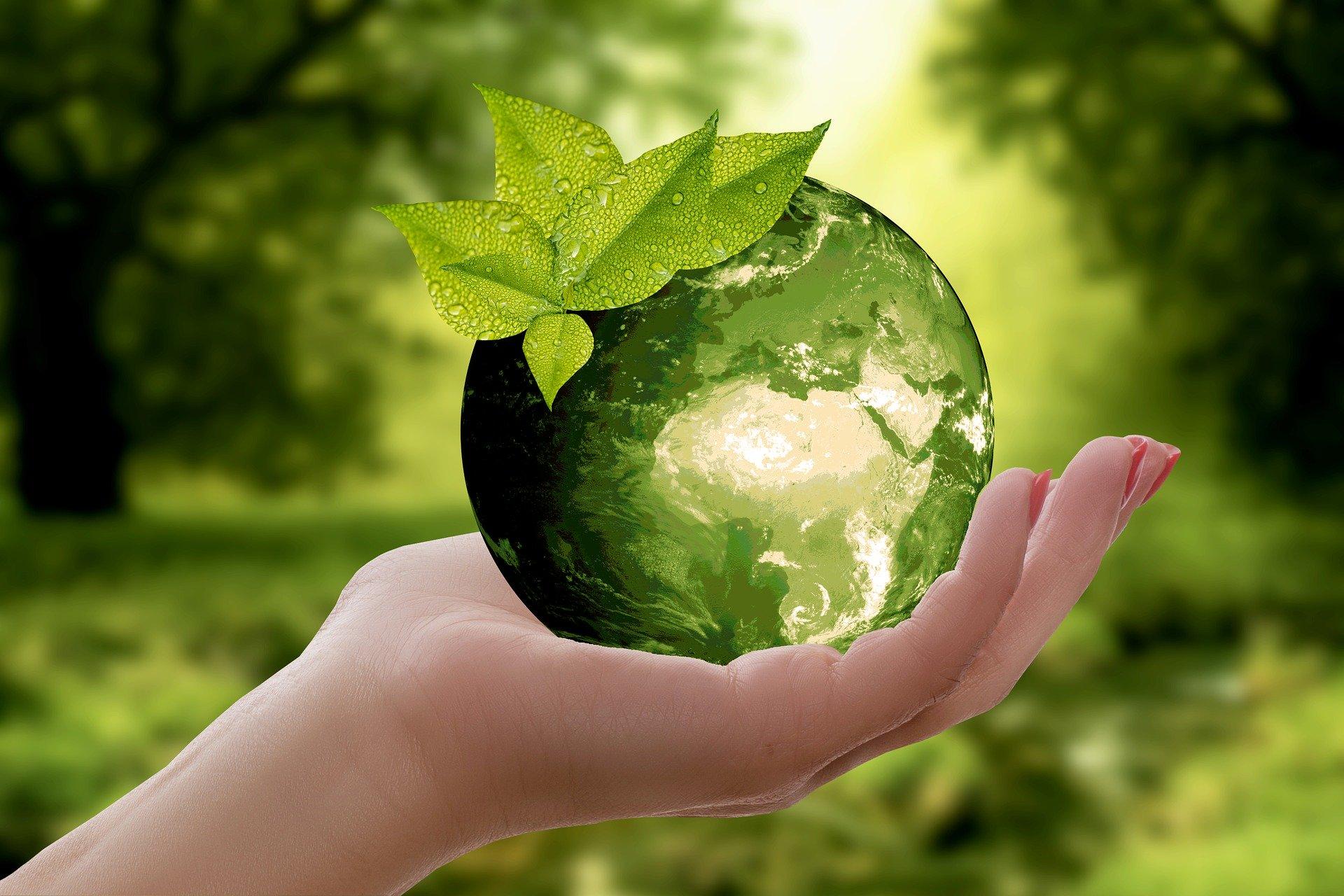World Engineering Day for Sustainable Development 2020
Wednesday 4 March is the first World Engineering Day for Sustainable Development. This year, we're sharing the great work environmental engineers and students in our faculty are doing under the themes of: adapting to climate change, reducing waste and sustainable cities.

World Engineering Day for Sustainable Development
1. ADAPTING TO CLIMATE CHANGE:
1.1 Decarbonisation of the Construction Industry
The construction sector has been estimated to be responsible for approximately 18% of global CO2 emissions, of this, the manufacturing of cement and concrete contributes approximately 7%. For society to meet the emissions targets set in the Paris Climate Change Agreement, the construction industry will need to undergo significant changes not only in terms of the materials used in construction, but also in the way in which structures are used and demolished. Our students are working on ways of achieving this.
Green Concrete
Our students are developing low CO2 emission geopolymer concretes and design approaches for their real world applications. These concretes have the potential to significantly reduce CO2 emissions associated with concrete use because they do not utilise Ordinary Portland Cement, but rather are based on the use of industrial waste materials such as fly ash from coal burning or slag from metal smelting.
Carbon Assessment Tool
Our students are developing detailed life-cycle assessment tools for conventional concretes and novel ‘green’ alternatives to better understand their role in reducing CO2 emissions from the construction industry and to inform the development of future and more sustainable design approaches.
1.2 Decarbonisation of the Energy Industry
Energy Supply Systems of the Future
Electricity generation is moving from predominantly weather independent coal and gas (with significant carbon emissions) to weather dependent intermittent renewables (wind, solar and storage). Pumped hydroelectricity is going to be an important aspect to provide storage to ensure system reliability. Our students are using sophisticated Artificial Intelligence techniques to determine the best mix of different sources and storage options for the energy systems of the future, as well as the best way to operate them.
Green Gas
Our students are helping companies that own and operate gas networks to transition to a carbon-free future by using sophisticated modelling tools to assess how to best replace fossil fuel based gas with green biogas made from waste materials. This will not only assist with decarbonising the gas industry, but will also ensure that our existing pipe systems are not wasted infrastructure.
1.3 Smart Infrastructure
Smart Water Supply Systems
The pumping of water through urban water distribution networks is not only costly, but can also produce significant greenhouse gas emissions. Our students are developing strategies for reducing these greenhouse gas emissions by using smart technologies to control the operation of these pumps so as to make best use of the availability of renewable energy sources.
Smart Stormwater Systems
Urban stormwater systems are reaching breaking point as a result of the combined effects of urban infill and climate change. Our students are working with local governments to develop smart stormwater systems, which use a combination of smart technologies and machine learning to reduce flood peaks, significantly extending the lifespan of existing stormwater systems and avoiding upgrades that are not only costly, but bad for the environment.
2. REDUCING WASTE
Reducing Leaks in Water Supply Systems
A significant amount of water in urban water distribution networks is lost through leaks. Our students are working with water authorities to develop sophisticated modelling and optimisation approaches that are able to detect the presence and location of leaks, enabling them to be fixed and preventing the waste of significant amounts of water in the future.
Using old Rubber Tyres for Building Roads
Tyres generally sit on top of the road, but our students are assessing the feasibility of using old rubber tyres to build the road itself. By incorporating shredded old rubber tyres, the soils on which roads sit can be strengthened, while reducing the waste going to landfill.
Using Old Sports Shoes for Strengthening Soils
Old sports shoes generally end of in landfill, but our students are assessing the feasibility of using offcuts from these shoes to strengthen the soils supporting foundations for houses and other infrastructure.
3. SUSTAINABLE CITIES
Sustainable Transport Plnning
About 80% of public open space in urban areas is taken up by roads. Not only do they take up space that could otherwise be used for parks, bikeways and other urban amenities, they are actually the cause of a number of negative health impacts. Our students are looking at a better way of designing our road systems that not only considers the best way of getting people from A to B, but how we can achieve better health and environmental outcomes at the same time.
Reducing the Impact of Heatwaves
Heatwaves are going to have an increasing impact as the effects of climate change take hold, but a lot of our infrastructure systems, such as roads, have not been designed to handle this. Our students are developing sophisticated models to assess the future impacts of heatwaves on roads and other infrastructure systems, and what we can do to minimise these impacts.
Reducing the Impact of Earthquakes
Like Christchurch, Adelaide has many brick buildings that are likely to suffer significant damage in an earthquake. Our students are determining the best way to strengthen existing brick buildings to minimise the damage caused by earthquakes and increasing the lifespan of these structures.
Developing a Better Understanding of why Foundations Fail
All buildings are only as strong as their foundations and many building collapses are caused by foundation failures. Our students are developing the fundamental understanding needed to design foundations in a way that will reduce these failures in the future.
